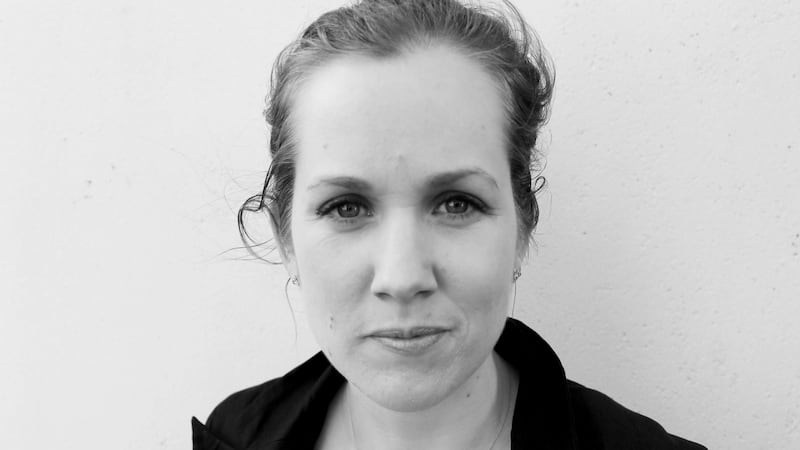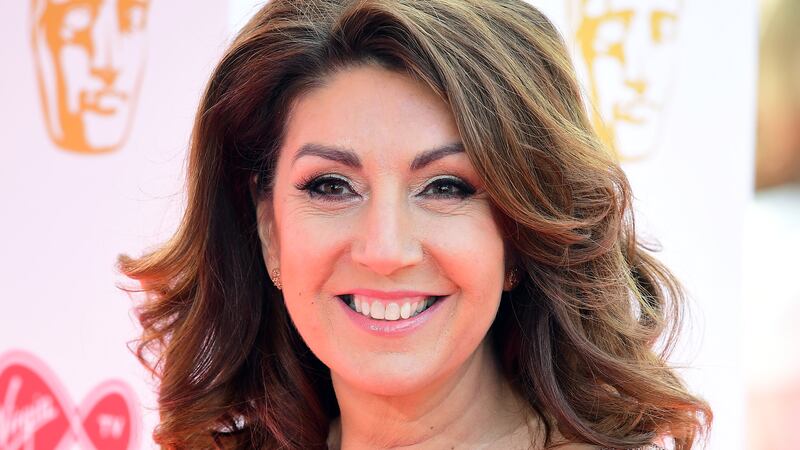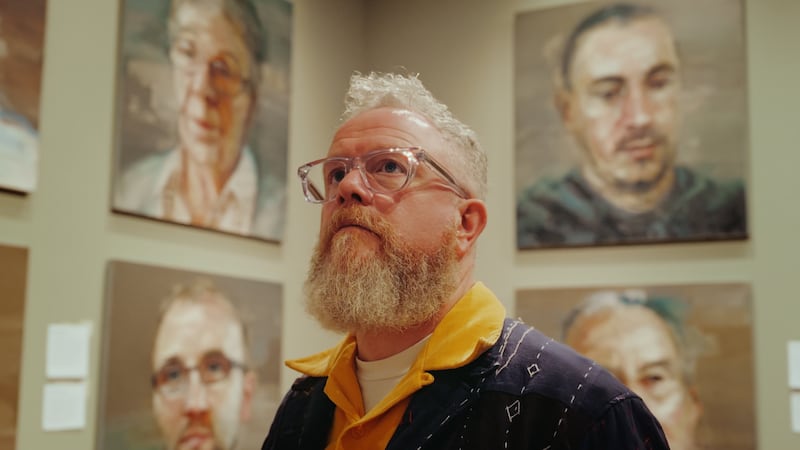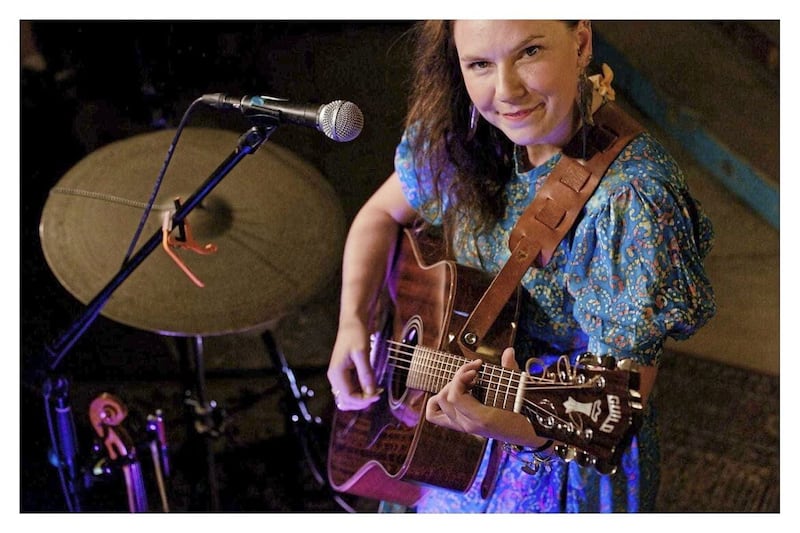WHAT do you get when you mix the traditional Irish harp, electronics, astrophysics and the Irish-medium nursery school Naíscoil Bhreandáin?
The answer is Úna Monaghan, the Belfast musician and sound engineer who has just been presented with the inaugural Liam O’Flynn Award by the Irish Arts Council, funding designed to help individual traditional artists create new works, encourage unique artistic collaborations and innovations and to entice future generations to enjoy and practice the traditional arts.
For Úna the €15,000 award, as well as a residence in the National Concert Hall, will give her the time to reflect on the work she wants to create.
“I hope to be able to write two more pieces of the suite I’ve been working on and, because the award is given in conjunction with the National Concert Hall in Dublin, I’m really keen to connect with the ecosystem of other artists who are working there across different genres and it also offers me the potential to do some production work,” she told me from Cambridge where she is the Rosamund Harding Research Fellow in Music at Newnham College.
Úna works mainly with traditional Irish harp and electronics and is regarded today as one of the leading exponents of the instrument while her adoption of digital technology and experimental techniques explores the possibilities for a greater connection between performer and audience. Divarshin’, but not as we know it
Previously Úna was studio engineer at Queen’s University’s Sonic Arts Research Centre and she is often the unseen hand behind many’s a great concert/gig as the sound engineer, the person you never notice – until something goes wrong and deafening police sirens mysteriously start to emanate from cellos or flutes or the singer can hardly be heard.
The skill of juggling and balancing everything from a solo singer and guitar to a 12-piece world music group is much underrated.
But how would she describe her own work?
“Well, the music that I’ve written recently is often about things related to humans, so I’ve written a piece about addiction, another called Who Do You Play For, one of a series of pieces which are part of a suite called Aonaracht (Singularity or solitude) which I’m working with Paddy Glackin on.
"And I’ve written another piece about feminism. So I guess my music is related to people and their experiences, whether it is something that has happened to me or whether it has some kind of connection with an audience – because that is very important to me, whether it is an audience of one or whether it is an audience of many. I don't know how they are going to react or what their response is going to be.
“In my work on experimental and computer music, one of the most important things in some of that work is that the audience in any artwork finishes it. That was a really interesting thing for me to learn years ago.
“I’m always conscious that, no matter what I am trying to do with the music, the outcome is going to be dictated by those people and what they have experienced and what associations they make with what they hear.”
This brings us nicely to a piece called Owenvarragh, based on John Cage’s Roaratorio: an Irish Circus on Finnegan’s Wake, which the American composer wanted others to use as a template to create their own composition based on different works of literature.
Úna and Martin Dowling decided to use Ciarán Carson’s book The Star Factory to create a stunningly complicated work á la Roaratorio, with its seemingly chaotic but extremely precise mixture of traditional music, singing, readings from the book, the sounds of everyday life which saw Úna record everything from the sounds of the bells at Clonard Monastery to people chatting in the street and a hundred other sounds.
It had a special resonance for me as I share the same geographic background as Carson and I found the whole thing quite emotional.
“Yeah, Owenvarragh was so rich in the sounds that it used, with both the recordings that it used from the present day and also historical recordings. It created this rich sound world that was always going to have this massive scope for being interpreted in many different ways by many different people.”
After hearing the piece whenever I left the venue, I could hear everything that was going on around me. It was weird. It was like a wake-up call to the variety and the constantly changing soundscape we live in every day. (Wherever you are reading this, stop and listen to everything you can hear.)
For Úna however, this heightened aural awareness can be exhausting.
“I’ve been to friends' houses and I had to take the clock of the wall because I was so aware of its ticking,” she laughs.
Last year she issued an album of her own music called For, which meandered from the traditional to the avant garde with a creativity that was beguiling or bewildering depending on your point of view. (I’m in the former camp!)
Where does she see this musical assimilation going?
“Well, I don’t think I will ever stop exploring the possibilities,” she says. “It started off with taped pre-composed pieces, electro-acoustic works and, as I’ve gone on, I've managed to expand that out to be more 'live'. And so, having trained as a traditional musician, that has always been of interest to me, to have things that respond to all my systems so that they have responsiveness and flexibility because that is what I have always known to be at the heart of traditional music.
“You can prepare and you can perform but almost always with traditional artists you have a flexibility and a responsiveness. They never have a set programme, they still work out what they are going to do on the stage and I find that a really interesting approach to take when you're playing with live electronics. On stage I like to have things that I can’t predict.”
But definitions can be stretched many ways. Tradition talks a lot about authenticity and preservation, so what does that say about the music that Úna makes? Can a computer become a traditional instrument?
Úna has come quite a distance from where it all started for her, at an Irish-medium pre-school, Naíscoil Bhreandáin, which was connected to Belfast’s first Gaelscoil, Bunscoil Phobal Feirste.
“I often think of when I started,” she says. “The very first songs that I learned were in Ulster Irish in Naíscoil Bhreandáin and many of them would have been composed by the teachers. They were brilliant. I still remember them,” she laughs.
“That experience gave me a great grounding for what I do today.”








